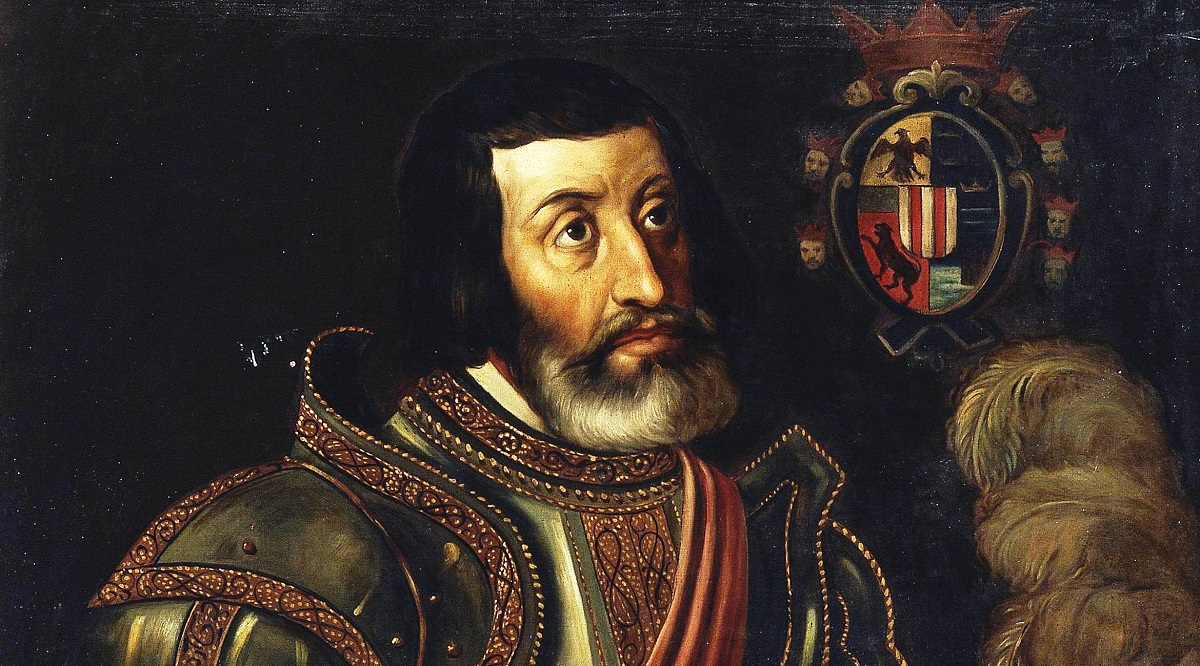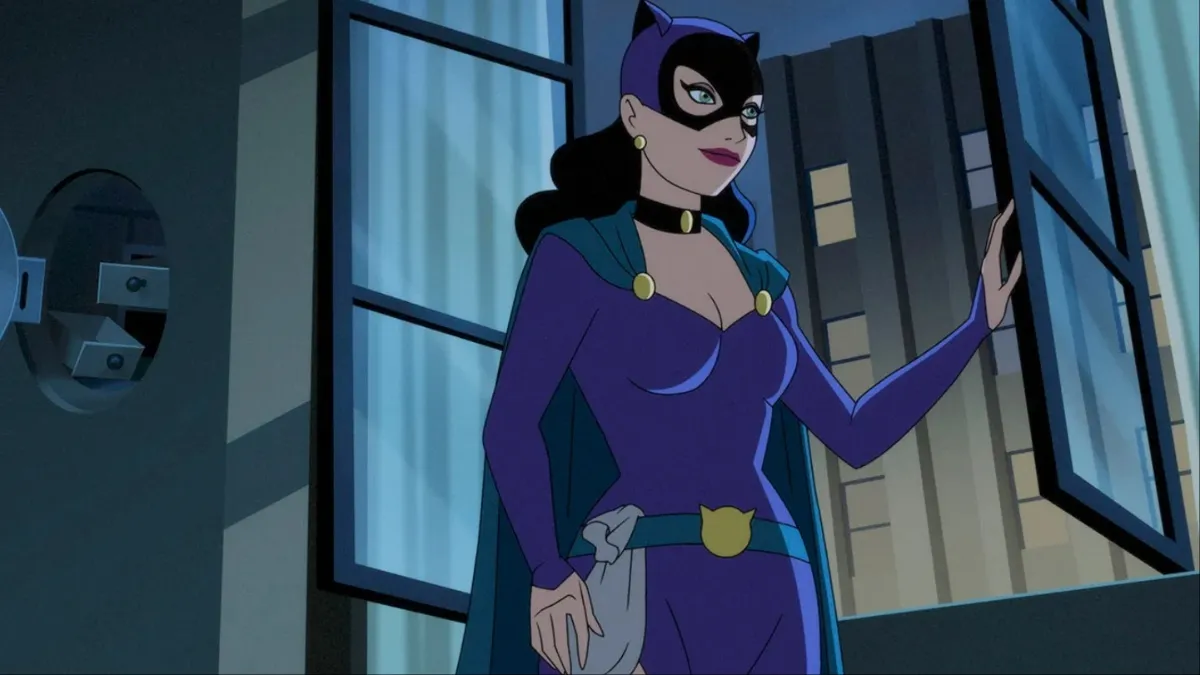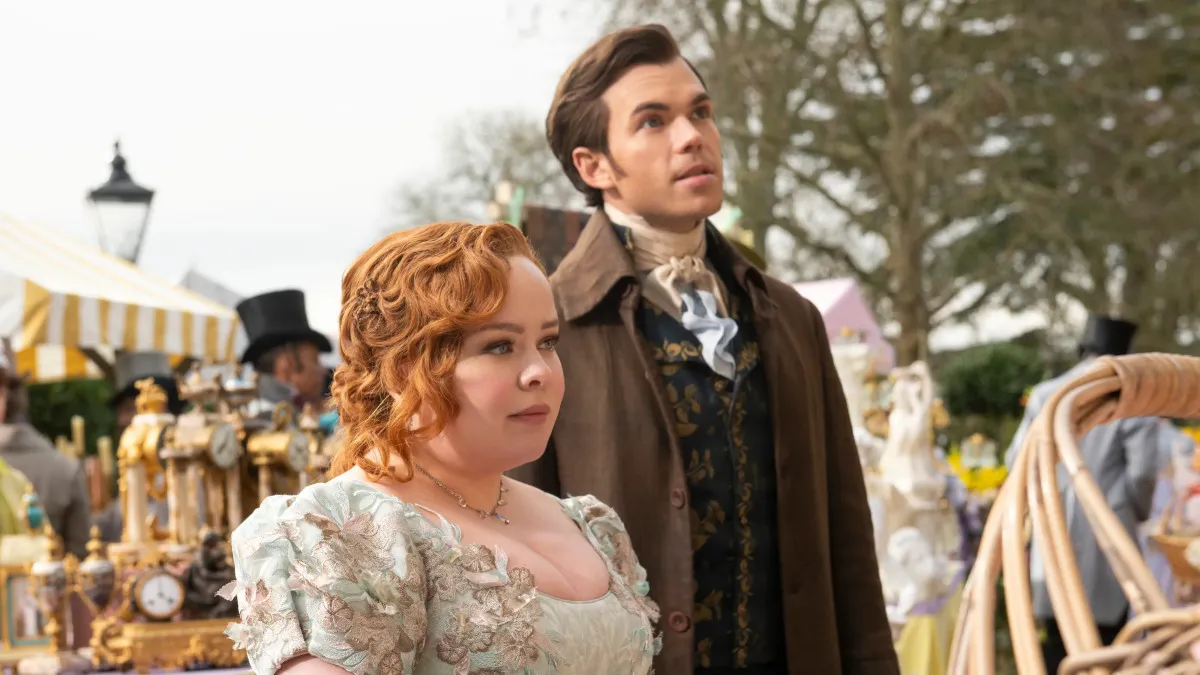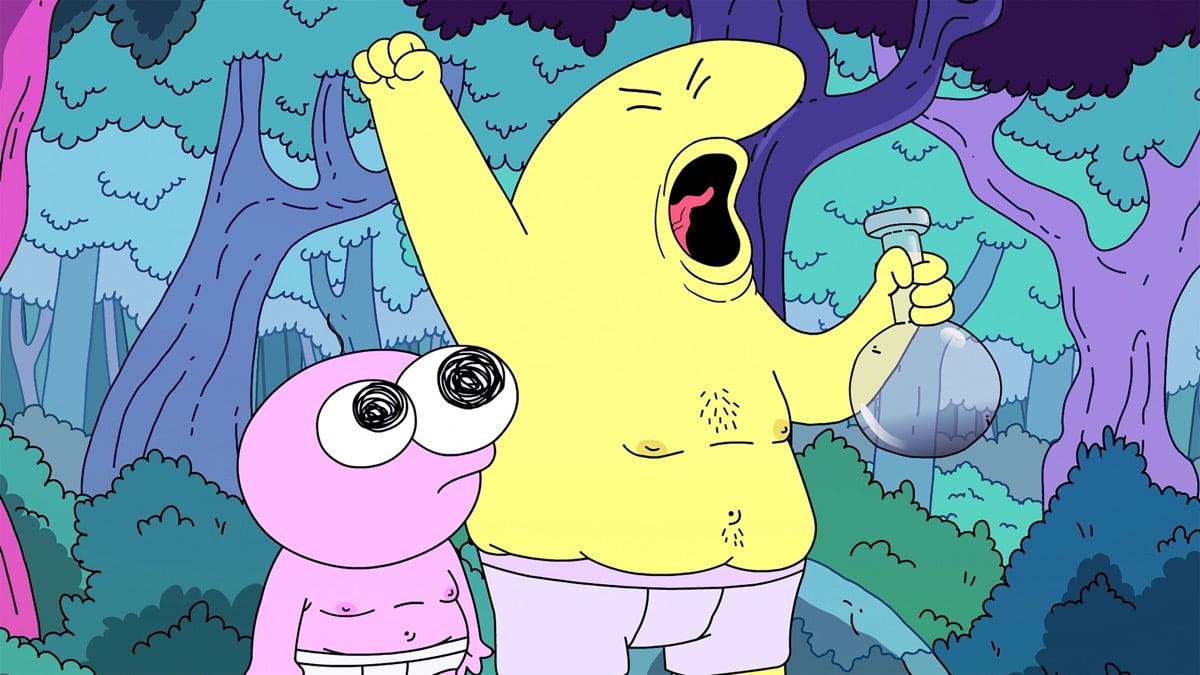Amazon has given the go-ahead for a miniseries about Hernán Cortés, the conquistador who razed Tenochtitlan and murdered thousands of indigenous people. Developed by Stephen Spielberg, the series will star Javier Bardem in the title role, and it’s being described as “an exhilarating journey” that’s “filled with drama and adventure.”
I’m sorry. Is that really the way we should talk about the Spanish and Portuguese invasions of the Americas?
“Cortés’ epic discoveries shaped the world as we know it today,” reads the full summary, “and through the minds of Amblin, Steven Spielberg, Steve Zaillian and Javier Bardem, we will bring Prime Video members on an exhilarating journey. There are few moments in history that shape an entire culture such as Cortés’ story, and this series will be one filled with drama and adventure.”
Maybe, just maybe, this series will surprise me. Maybe they’ll show the glory and technology of the Aztec Empire, which wowed Cortes and his men even as they tried to argue that the indigenous people who created it weren’t fully human. Maybe they’ll confront the horrific aftermath of Cortés’s “adventure” – including the infectious disease devastation that, whatever his other motives and crimes, he couldn’t have foreseen. Maybe they’ll show the perspective of the Aztecs, who watched their cities razed by invaders. Maybe they’ll show Cortes confronting the price of his riches.
Actor Javier Bardem did say, “It is a privilege to tell this epic story— one that is full of drama and conflict within this huge, historical spectacle where two distant civilizations clash at the height of their reign. The best and worst of human nature came to life in all its light and darkness. As an actor, there is no better challenge than to serve such a unique project that I have been passionate about for years.”
And the script comes from Schindler’s List writer Steve Zaillian, expanded from an original feature film treatment that was centered on the initial confrontation between Cortes and Moctezuma. (A tight drama about those two meeting, I would watch.) One wants to hope that they might do this honestly and respectfully.
But the pitch sure doesn’t sound that way.
Now, we don’t know a ton about Cortés, and the sources we do have conflict with one another, but we can be pretty sure of why he came to the Americas. He didn’t come for adventure or discovery. He came for gold.
He began his career in Cuba, serving under the colonial governor there. While in Cuba, he first benefited from the Spanish encomienda system, which “granted” him the labor of indigenous people in exchange for his services. The indigenous people were technically not slaves, instead legally seen as more like vassals or serfs, but functionally many were treated just as horribly and forced to work just as relentlessly in the mines as if they had been legally designated as slaves. This is how Cortés began to build his wealth.
He then decided to mount an expedition to Mexico, against the wishes of the governor. Unlike Columbus, Cortés was not an agent of the state. He mortgaged nearly all his possessions in order to finance his expedition to Mexico, famously saying, “Fortune favors the daring.” You don’t do that unless you’re expecting a serious return on your investment.
And he certainly found the gold he was looking for in the Aztec Empire, which he looted and decimated. In the Florentine Codex, a collection of indigenous accounts of the Spanish invasion, we have a description of how Cortés and his men reacted when they received gold after the Cholula massacre: “They lifted up the gold as if they were monkeys, with expressions of joy, as if it put new life into them and lit up their hearts. As if it were certainly something for which they yearn with a great thirst. Their bodies fatten on it and they hunger violently for it. They crave gold like hungry swine.”
When Cortés reconquered the Aztec capital of Tenochtitlan in 1521, he was reportedly merciless. Not only did he and his men murder the city’s occupants, but they tortured them for information about where to find more treasure. As Eduardo Galeano writes in Open Veins of Latin America, “there was no limit to his own cruelty in the reconquered city … The gallows and torture were not enough, however; the captured treasure never measured up to the Spaniards’ imagination, and for years they dug in the lake bottom searching for gold and precious objects presumably hidden by the Indians.”
Cortés and his men razed Tenochtitlan to the ground, and they built Mexico City on the ruins.
After the Spanish government made him the governor of Mexico, he instituted the encomienda labor system, which eventually gave birth to the slave trade, across that span of the Americas. This system “rewarded” the conquistadors with the labor of a certain number of indigenous people, for a certain span of time. Cortés himself was “granted” the labor of 23,000 indigenous people. After 1536, the term of encomienda was extended to two lifetimes: that of the encomendero and his immediate heir. Then three. Then four. You can guess how it extended from there.
In addition to the intentional slaughter and exploitation, there was also the (initially) unintended horror of disease. “The Europeans brought with them, like biblical plagues, smallpox and tetanus, various lung, intestinal, and venereal diseases, trachoma, typhus, leprosy, yellow fever,” Galeano writes. These diseases killed untold numbers of indigenous people.
The story of Cortés’s expeditions into Mexico and their consequences is worthy of being told. But framing it as “exhilarating” or “an adventure” is not the way to look at that story.
(via /Film; image: public domain image of Cortes by painter )
Want more stories like this? Become a subscriber and support the site!
—The Mary Sue has a strict comment policy that forbids, but is not limited to, personal insults toward anyone, hate speech, and trolling.—








